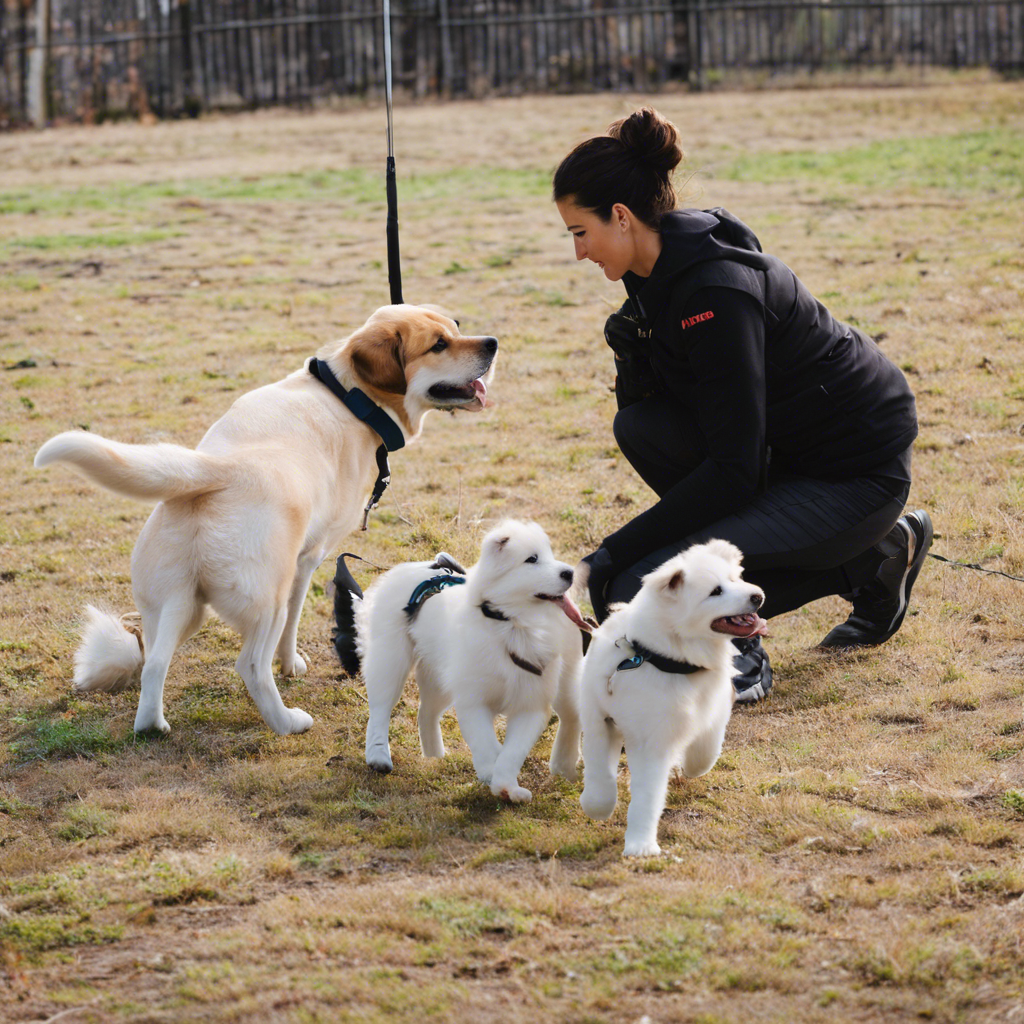In the world of dog training, consistency is often touted as the key to success. But what does consistency mean in practice, and how does it impact different training methods? This article aims to explore the concept of consistency across various dog training approaches and understand its significance in achieving desirable behavioral outcomes. By examining its role in positive reinforcement, clicker training, and traditional obedience training, we’ll uncover why this principle is a cornerstone of effective dog education.
Dog training is a diverse field, offering a multitude of techniques to teach our furry friends. From positive reinforcement, which rewards desired behaviors, to clicker training, a marker-based method, and traditional obedience training with its focus on commands and discipline, each approach has its own unique philosophy and tools. Despite these differences, a common thread that weaves through these methods is the importance of consistency.
Consistency in positive reinforcement training involves providing rewards immediately and consistently for good behavior. For instance, if you’re teaching your dog to sit, rewarding them promptly with a treat or praise the moment they comply reinforces the behavior. Inconsistency, like treating them only occasionally for sitting, might confuse them, delaying the learning process. This method is not just about the treat but the timely and consistent association between the behavior and the reward, making the learning more efficient.
Clicker training, a popular and effective technique, also relies heavily on consistency. The clicker is used to ‘mark’ the precise moment your dog does something right, followed instantly by a reward. This consistency in timing and rewarding helps the dog identify the exact action that led to the reward. If the marking is delayed or inconsistent, the learning becomes less precise, potentially causing confusion and slowing down progress. The clicker’s success lies in its ability to consistently communicate with the dog, offering a clear and immediate feedback loop.
Traditional obedience training, often associated with commands and discipline, also demands consistency. Commands given for actions should remain the same each time to avoid confusing the dog. For example, if you use ‘sit’ sometimes and ‘sit down’ on other occasions, your dog might not respond reliably. Consistency in voice tone, body language, and the environment in which you train also play a role. Dogs are sensitive to these cues, and altering them can disrupt the training process, making consistency in all aspects crucial.
Across these methods, consistency is powerful because it provides clarity and predictability. Dogs, being creatures of habit, thrive in predictable environments. Consistent training methods allow them learning patterns, enabling them to understand what is expected of them and respond accordingly. Inconsistent training, on the other other hand, can lead to confusion, slow learning, or even unwanted behaviors. For instance, if a dog is sometimes rewarded for jumping up and scolded at other times, it might become unsure of how to gain approval, potentially leading to behavioral issues.
Effective dog training, therefore, is not just about the method chosen but about the consistent application of that method. Consistency ensures that the communication between the trainer and the dog is clear and reliable. It helps in establishing trust, speeding up the learning process, and fostering a strong bond between the dog and its trainer. Whether you’re a professional dog trainer or a dog owner training your pet at home, understanding and implementing consistency in your chosen training method is the key to unlocking your dog’s full potential.
In conclusion, consistency is the glue that binds various dog training methods together, ensuring their success. It provides the structure needed for dogs to learn efficiently, reinforcing desired behaviors, and fostering a strong human-animal connection. So, whether you’re teaching your dog to sit, stay, or perform tricks, remember that consistency in training is not just a suggestion—it’s a fundamental principle that will pave the way for a well-mannered and happy canine companion.
The effectiveness of dog training is indeed underpinned by the steadfast adherence to consistency, a principle that transcends the diversity of training methods, ensuring clarity and success in our communication with our four-legged friends.

